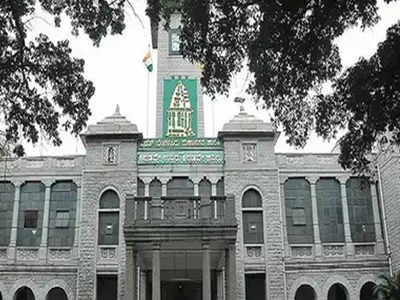The Indian Express 23.08.2013
BMC paves way for regularisation of illegal cellphone towers
with the latest draft policy guidelines of the Brihanmumbai Municipal
Corporation (BMC). According to a recent survey by the civic body, of
the 3,620 illegal towers in the city, 1,800 are under litigation. The
rest will have to adhere to the new guidelines, which are yet to be
issued.
“We will have to implement the new cellphone tower draft policy
guidelines with retrospective effect and all those illegal towers, which
are not under litigation, will have to comply with the norms,” said
Municipal Commissioner Sitaram Kunte.
This, in turn, paves the way for regularisation of most of the
illegal towers in the city, said civic officials. “The structure of
these towers will have to be modified their structures or altered a
little, but there is no clause to demolish old illegal towers under the
new policy,” said a civic official.
A recent survey by the BMC has concluded that of the 4,779 towers
in the city, only 1,159 are legal. The rest have been set up without
approval from BMC. The number of illegal towers is twice of what it was
in 2011.
The draft policy, which is yet to be tabled in the BMC’s standing
committee for final approval, restricts the number of towers to two per
building. Towers cannot be installed atop schools, colleges, hospitals,
orphanages, child rehabilitation centres and old-age homes.
Activists, however, have pointed out that the current BMC draft
has ignored several key suggestions issued by the Department of
Telecommunications (DoT) on August 1.
According to the advisory guidelines for state departments, local
bodies will have to get a no-objection certificate (NoC) from building
owner/entities having roof-top rights or roof-top tenants in case of a
roof-based tower or the land owner in case of a ground-based tower. This
crucial guideline has not been incorporated by the BMC.
Another DoT guideline, which finds no mention in the draft policy is
that service providers will now have to periodically establish/certify
that all general public areas around the tower are within safe exposure
limit, and it will have to be implemented for both old and new ones.
Failure to comply could attract penalty or lead to shutdown.
The DoT rules also call for setting up of state-level and
district-level telecom committees to address public grievances relating
to installation of towers and telecom infrastructure, which is not there
in the BMC draft.
Meanwhile, 16 residents’ groups from Mumbai have written to
Minister of Communications and Information Technology Kapil Sibal,
saying that BMC has issued a revised draft policy based on the DoT
guidelines of June 2013 and not the August 1st guidelines “which
supersede all previous guidelines”.
“They will implement it for old antennae only after the present
agreement or permission expires, which can be another five or 10 years.
We have to bring to your notice that TAIPA (Tower and Infrastructure
Providers Association) and operators have indulged in renewing contracts
in advance at higher rents and for longer contract period to prevent
getting into the net of stricter revised BMC guidelines,” says the
August 19 letter, signed by south Mumbai residents, Prakash Munshi and
actor Juhi Chawla.

